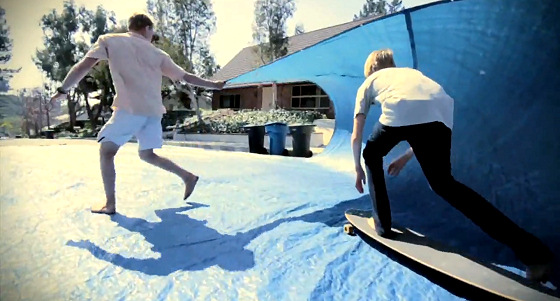Tarp surfing is a skate and surfing urban movement born in California. When the best surf peaks of Southern California were not pumping glassy rides, board sports enthusiasts decided it was time to create innovative metropolitan activities.
Tarp surfing is cool, cheap, easy, and entertaining. The classic and original tarp surfing tarp is blue and light and can easily be pulled to create barreling waves.
Tarp surfing has evolved. Originally, only skateboards were used to ride the blue tube.
But now, you can ride through the tarp with bikes, inline skates, paddle skateboards, surfboards with wheels, and other crazy vehicles.
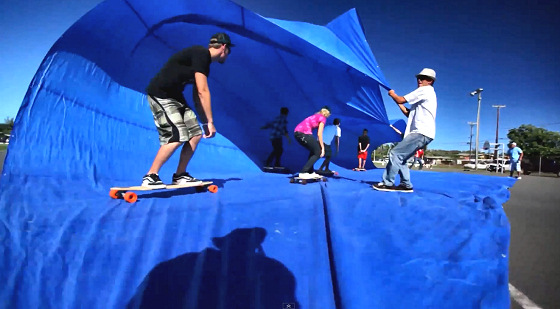
There's a growing tarp surfing mini-industry. Lightweight blue tarps are already being marketed with rope-reinforced corners for added strength.
When Dodge Weirath and Wyatt Brady filmed the first tarp surfing video, they knew something original was in the making.
Meanwhile, hundreds of videos are being uploaded weekly from all around the world, with creative innovations being added up to improve blue tarp surfing.
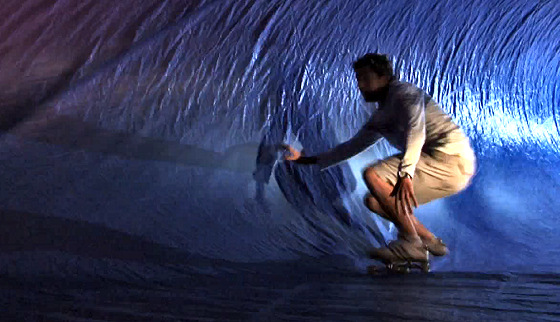
Today, for example, night tarp surfing sessions have been enjoyed with street lighting and handheld searchlights.
Tarp surfers even get towed into the blue barrel by motorcycles.
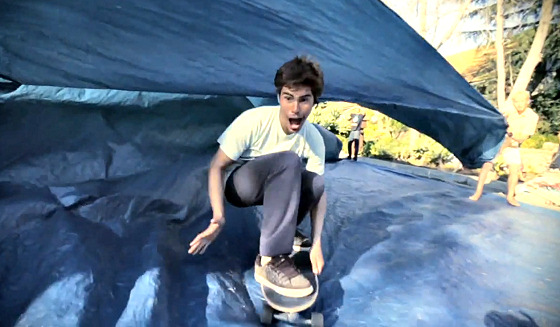
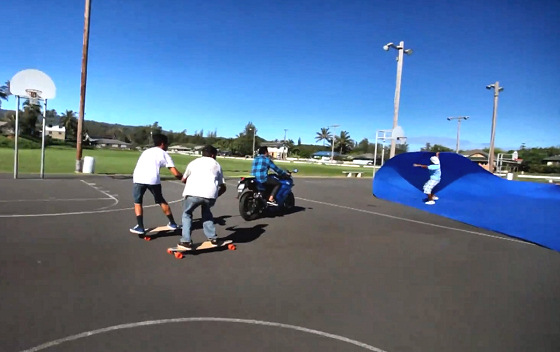
The tarp surfing crew has been filming and editing incredible footage from California to Sydney. Check out and enjoy the best tarp surfing videos ever:
